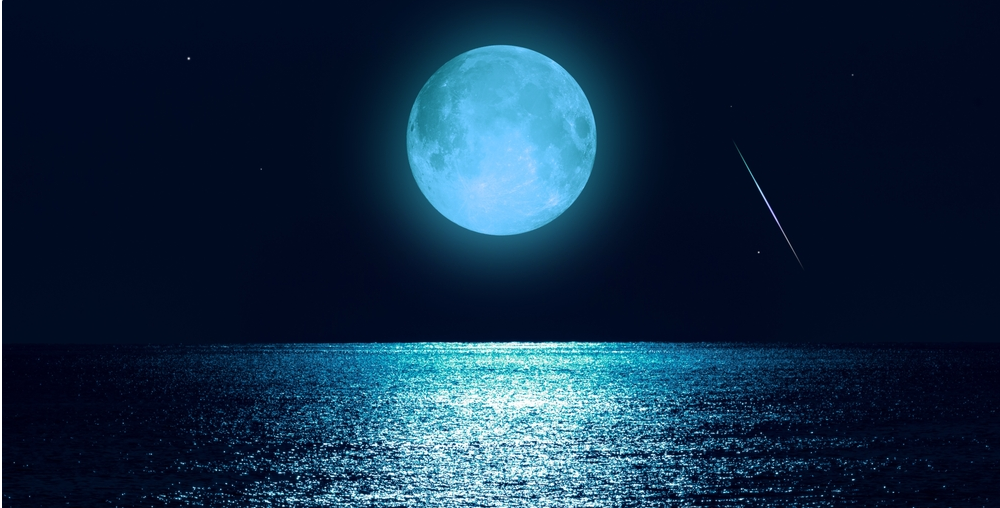A rare super blue moon is set to light up the night sky, and it won’t happen again for another 13 years. Here’s how you can catch a glimpse of this spectacular event.
Others are reading now
On Monday, a rare astronomical event known as a super blue moon will be visible over the United States.
This unique phenomenon, which occurs when different cycles of supermoons and blue moons align, won’t happen again until 2037.
What is a Super Blue Moon?
A super blue moon is when a supermoon and a blue moon coincide.
A supermoon happens when the moon’s orbit brings it closest to Earth while it’s full, making it appear up to 30% brighter and 14% larger than usual. The term “supermoon” was first coined by astrologer Richard Nolle in 1979.
Also read
A blue moon, despite its name, isn’t actually blue. It refers to the occurrence of an extra full moon in a season or a second full moon within the same month.
The super blue moon on Monday will be a seasonal blue moon, meaning it’s the third full moon in a season with four full moons.
The last time a super blue moon occurred was in August 2023, and the next won’t appear until January and March 2037.
When and How to See the Super Blue Moon
The super blue moon will reach its peak fullness at 2:26 p.m. ET on Monday.
Although the moon will be at its fullest during the day, it will still be bright and large when it rises in the evening, giving skywatchers a great view. The moon will start appearing on Sunday morning and remain visible until early Wednesday morning.
To see the super blue moon in all its glory, look to the sky on Monday evening after the sun sets. For the best view of the moon’s finer details, consider using binoculars or a telescope.
If you miss the live event or can’t see it due to weather conditions, NASA offers a Daily Moon Guide on its website, allowing you to observe the moon each day of the year using an interactive online map.
Perseid Meteor Shower
The super blue moon arrives amid the Perseid meteor shower, which has been active since July and will continue until September 1.
While the shower peaked last week, with around 50 to 75 meteors visible per hour in darker areas, there may still be a few meteors left to catch as you gaze at the super blue moon.
Don’t miss this opportunity to witness a rare celestial event that won’t grace the skies again for another 13 years.


